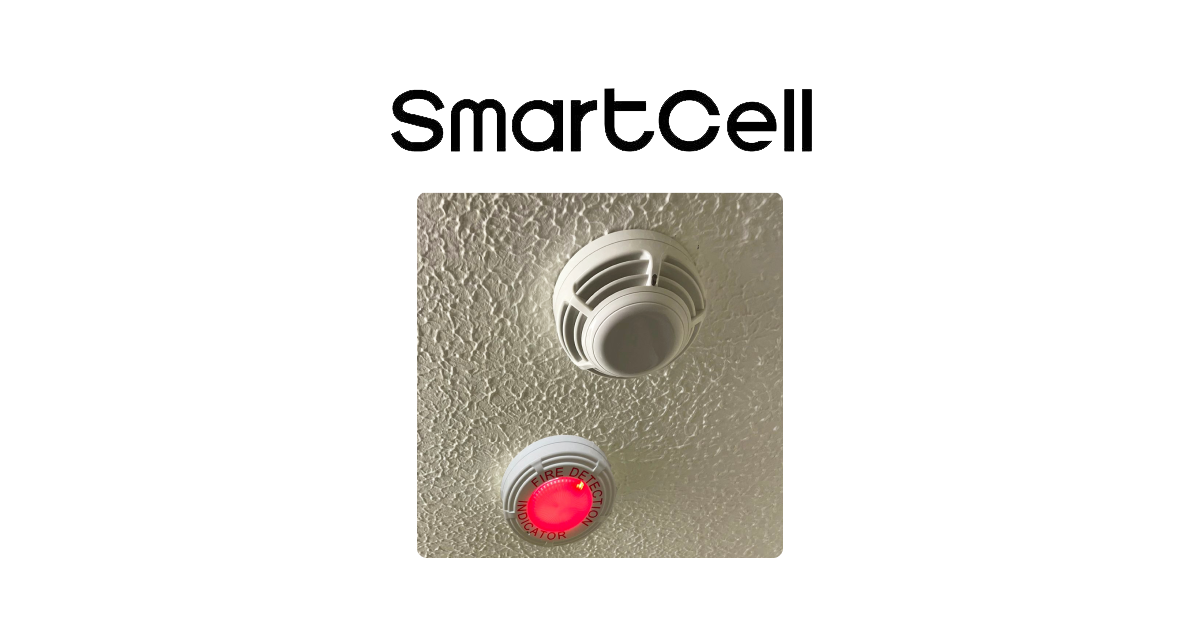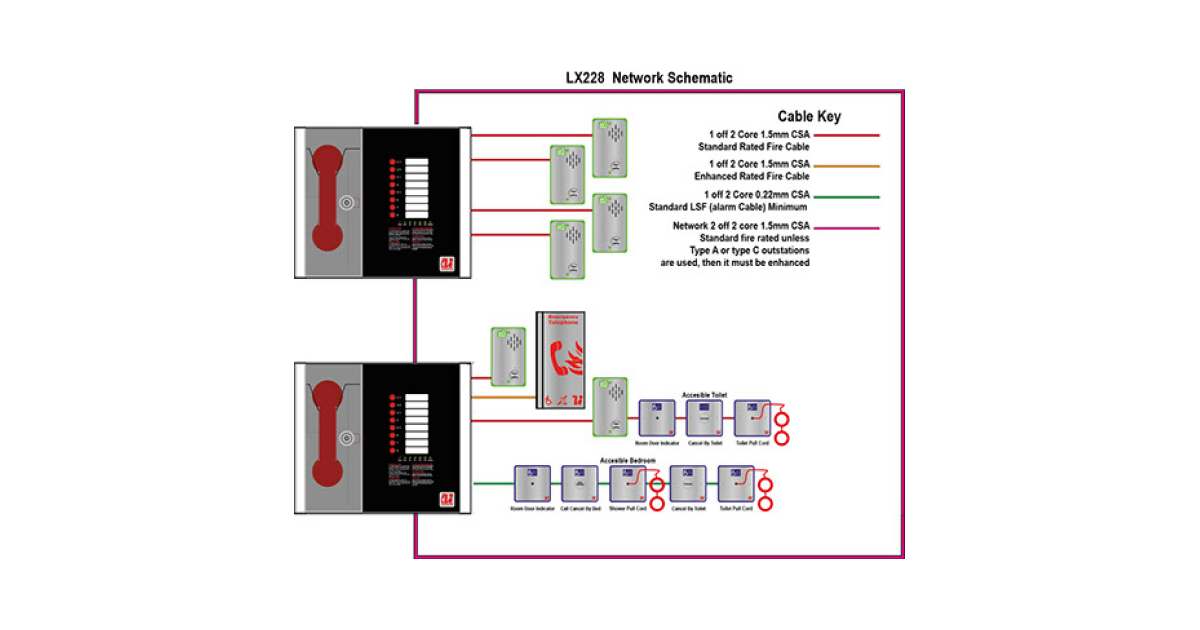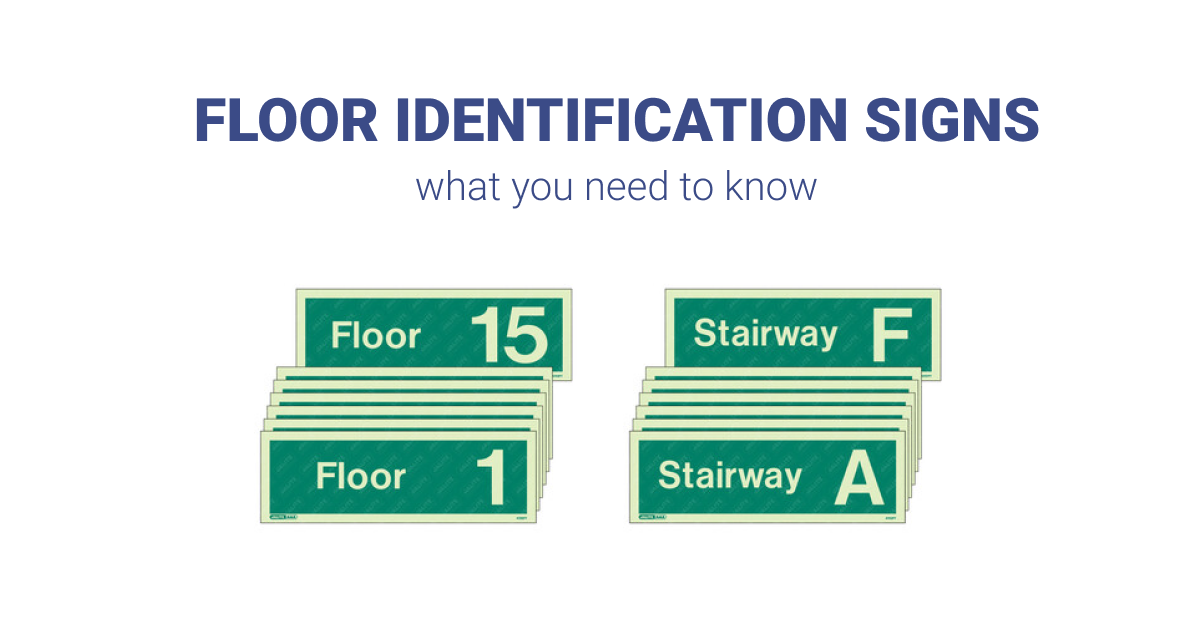Designing An Emergency Lighting System: Part 5

Once the essential emergency lighting areas have been covered you should review all escape routes to see if any additional lights are required to ensure that minimum luminance levels have been met for safe escape route usage.
You also need to check that each compartment of the escape route has at least two emergency lights. This is to ensure continuous illumination of the route in the event that an emergency light fails.
Light Levels
BS 5266 Part 7 section 4.2 states that the light level must be a minimum of 1 lux anywhere on the centre line of the route for a normal risk level escape route. Additionally, a uniformity ratio of 40:1 maximum to minimum must not be exceeded.
This level of illumination must be provided for the life of the emergency lighting system and in the event of power failure 50% of the emergency lighting luminance must be provided within 5 seconds and the full level of illumination must be provided within 60 seconds.
Photometric Design
You can use computer software to help you determine how many additional emergency lights are required to adhere to standards. Such software will de-rate the data to cover factors that could affect the level of lighting, these include:
- reduction in light as the power from the battery supply reduces
- the effect age has on the performance of emergency lighting
- the effects of dirt on the quality of light produced by emergency lamps
If you are undertaking this task yourself please ensure that you are using up-to-date data or recognised software. If in doubt, employ the skills of an emergency lighting system designer – this extra expense may save you time, hassle and money in the long run.
Discount Fire Supplies sell a range of fire alarms, fire alarm accessories and much more. Browse our online shop or contact us for a quote today.










